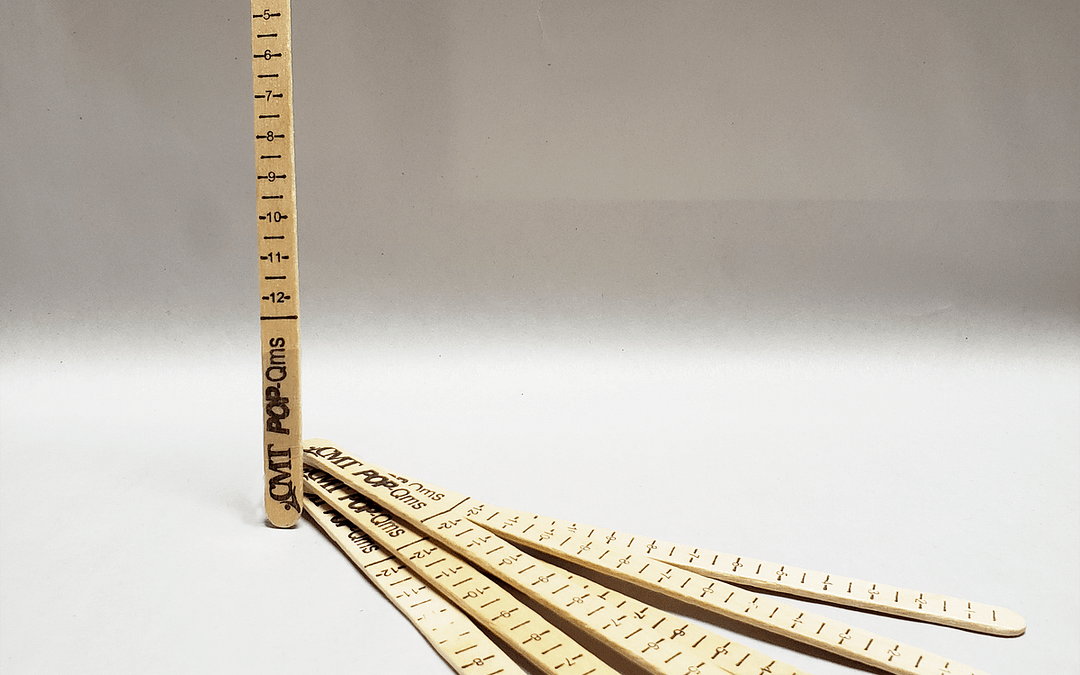Many birth parents are unaware of the common post delivery pelvic floor problems—also known as Pelvic Floor Dysfunction or PFD—that can present in postpartum recovery. Pelvic Floor Dysfunction includes problems with bowel and bladder function and support, as well as sexual function. While many pelvic floor-related problems are present for a short period of time during early post-birth recovery, some problems persist and help is available. Research into common birth events that contribute to PFD and treatment techniques is ongoing.
Vaginal Birth Events Known to Contribute to PFD
Despite all the preparations one can make, some events of vaginal childbirth can’t be predicted in advance or prepared for. It is not uncommon for birth parents to head into labor and delivery without being informed about several events that can contribute to the development of PFD. Usually, a combination of some of the following birth circumstances contribute to an increased risk of PFD:
- Health history and age of birth parent (over 35 years)
- A pushing phase during labor greater than 150 minutes
- Episiotomy
- Use of vacuum or forceps for delivery assistance
- Infant or fetal factors that contribute to pelvic floor muscle stretching and/or injury such as:
- Birth weight over 4000g or 8.8 pounds
- Position of fetal head in occipital posterior (head down but forehead facing up rather than down)
- Fetal shoulder positioning complicating delivery
Pelvic Floor Health: The Body in Balance
While pregnancy and delivery will cause physical changes, the human body is elegantly designed to withstand childbirth. The human body is designed to handle intense events, such as labor and delivery, and to continue maintaining balance within every system of the body, including the muscles of the pelvic floor. While some birth parents experience more changes, more bodily stress, or more complications due to pregnancy and delivery than others, the body is very capable of emerging from these events to continue flourishing. It may help those struggling with self-blame or the uncertainty of a PFD problem after birth, to understand the events of childbirth that place the person giving birth at higher risk for PFD. Many treatments for PFD are available and can improve your quality of life and/or eliminate symptoms. You can learn self-care strategies from a pelvic health rehabilitation specialist that can span your lifetime. Talk to your health care provider and seek care for any concerns you may have.
Parents and practitioners alike will appreciate this free infographic.
Pelvic health therapists interested in continuing education regarding postpartum recovery might be interested in Kathe’s literature review “The Biomechanics of Vaginal Birth and Recovery after High Risk Delivery” as well as her Teaching page.
This article and associated info card was was co-authored and developed as a portion of an independent study project by Jessica Chung, SPT, from the University of Washington, Department of Rehabilitation Medicine, Physical Therapy Program, Class of 2021.
Bibliography
Ashton-Miller, J. A., & DeLancey, J. O. (2009). On the biomechanics of vaginal birth and common sequelae. Annual review of biomedical engineering, 11, 163-176.
Fairchild, P. S., Low, L. K., Kowalk, K. M., Kolenic, G. E., DeLancey, J. O., & Fenner, D. E. (2019). Defining “normal recovery” of pelvic floor function and appearance in a high-risk vaginal delivery cohort. International Urogynecology Journal, 1-10.
Neels, H., Tjalma, W. A. A., De Wachter, S., Wyndaele, J. J., & Vermandel, A. (2017). Are Women Aware of the High Prevalence Rates of Anorectal Dysfunction After Childbirth. J Women’s Health Care, 6(380), 2167-0420.
Neels, H., Wyndaele, J. J., Tjalma, W. A., De Wachter, S., Wyndaele, M., & Vermandel, A. (2016). Knowledge of the pelvic floor in nulliparous women. Journal of physical therapy science, 28(5), 1524-1533.
Routzong, M. R., Rostaminia, G., Moalli, P. A., & Abramowitch, S. D. (2020). Pelvic floor shape variations during pregnancy and after vaginal delivery. Computer Methods and Programs in Biomedicine, 105516.
Image by Manuel Alejandro Leon from Pixabay






Greetings!
Nice blog and thank you for sharing it.
https://www.essentialpelvichealth.com/